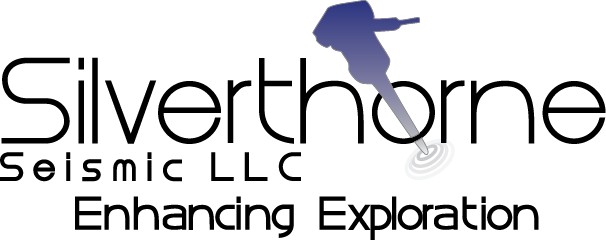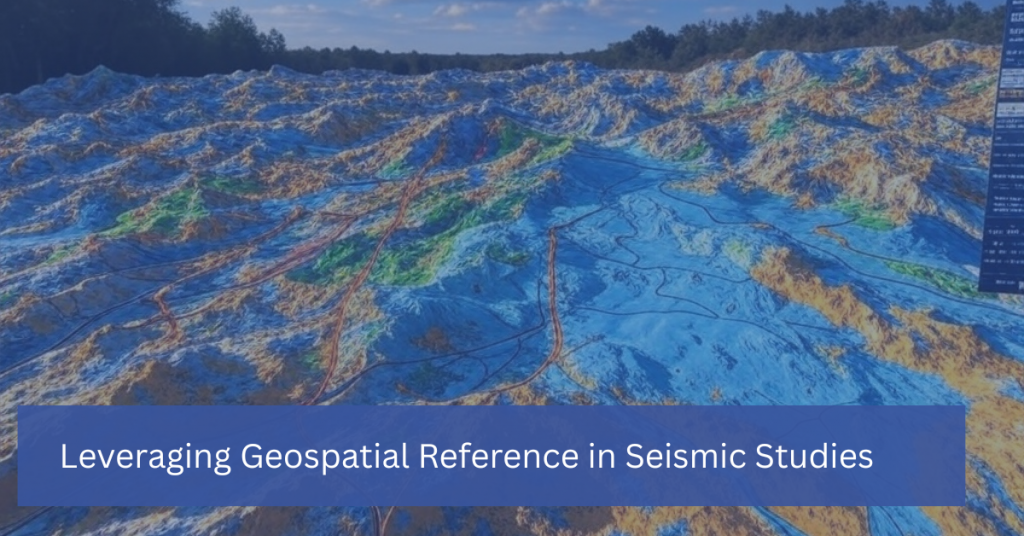Leveraging Geospatial Reference in Seismic Studies
In seismic studies, understanding the precise location of underground structures is just as important as interpreting the data itself. This is where geospatial reference comes into play. Geospatial technology, which incorporates geographic information systems (GIS), remote sensing, and GPS, provides the framework for mapping and analyzing the spatial relationships between geological features. By leveraging geospatial […]
Leveraging Geospatial Reference in Seismic Studies Read More »


